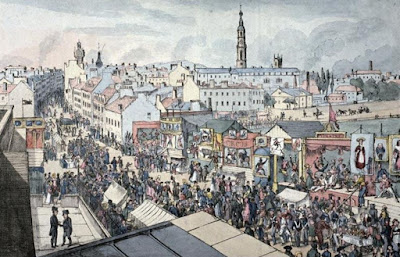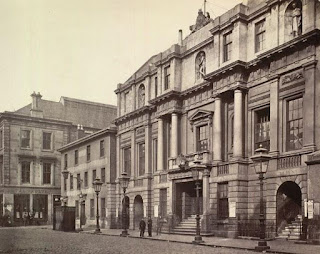
St Mungo (3) St. mungo's Journey to Glasgow. HOLDING on his way, Kentigern, '' on the same night in which he departed from St. Serf, was lodged, at a place supposed to be Carnwath, in the house of Fergus, an aged Christian, who, Simeon-like, is said to have received a "revelation that in the presence of the holy Kentigern he should pass away from the world. And when be was dead the blessed Kentigern . . . laid his body on a waggon, to which he yoked unbroken oxen, with no one to guide them: and so, following the waggon, he arrived at a place which is called Glasgow, where he buried the body, and where, serving God, he, by divine revelation, took up his abode." The body of Fergus was buried beneath some ancient trees, near a forsaken cemetery that had been consecrated by St. Ninian. On that very spot it is said was afterwards reared the transept of our noble Cathedral, and the aisle or crypt of which was dedicated to Fergus. St. Mungo and King Morken MORKEN, ...

















